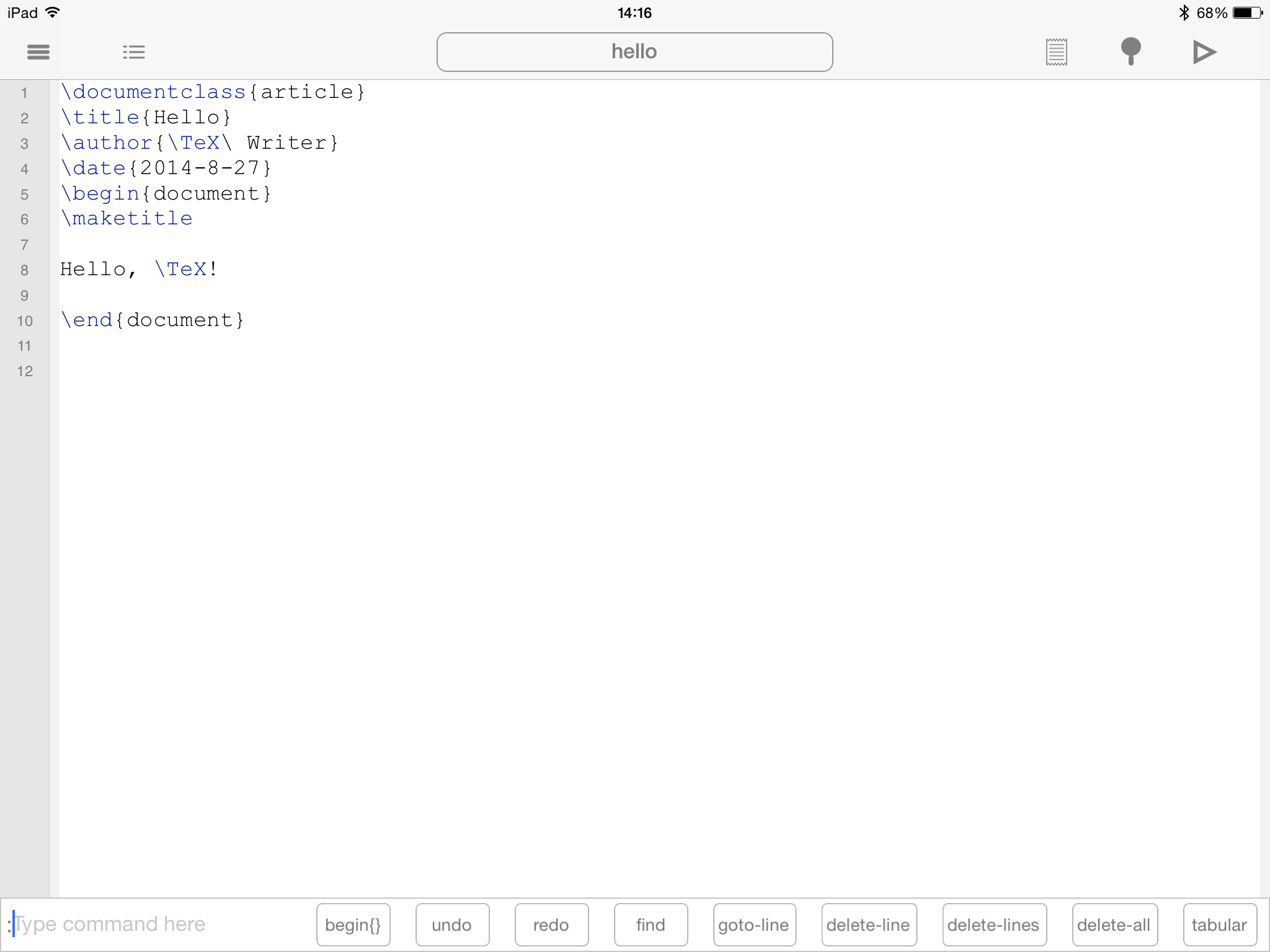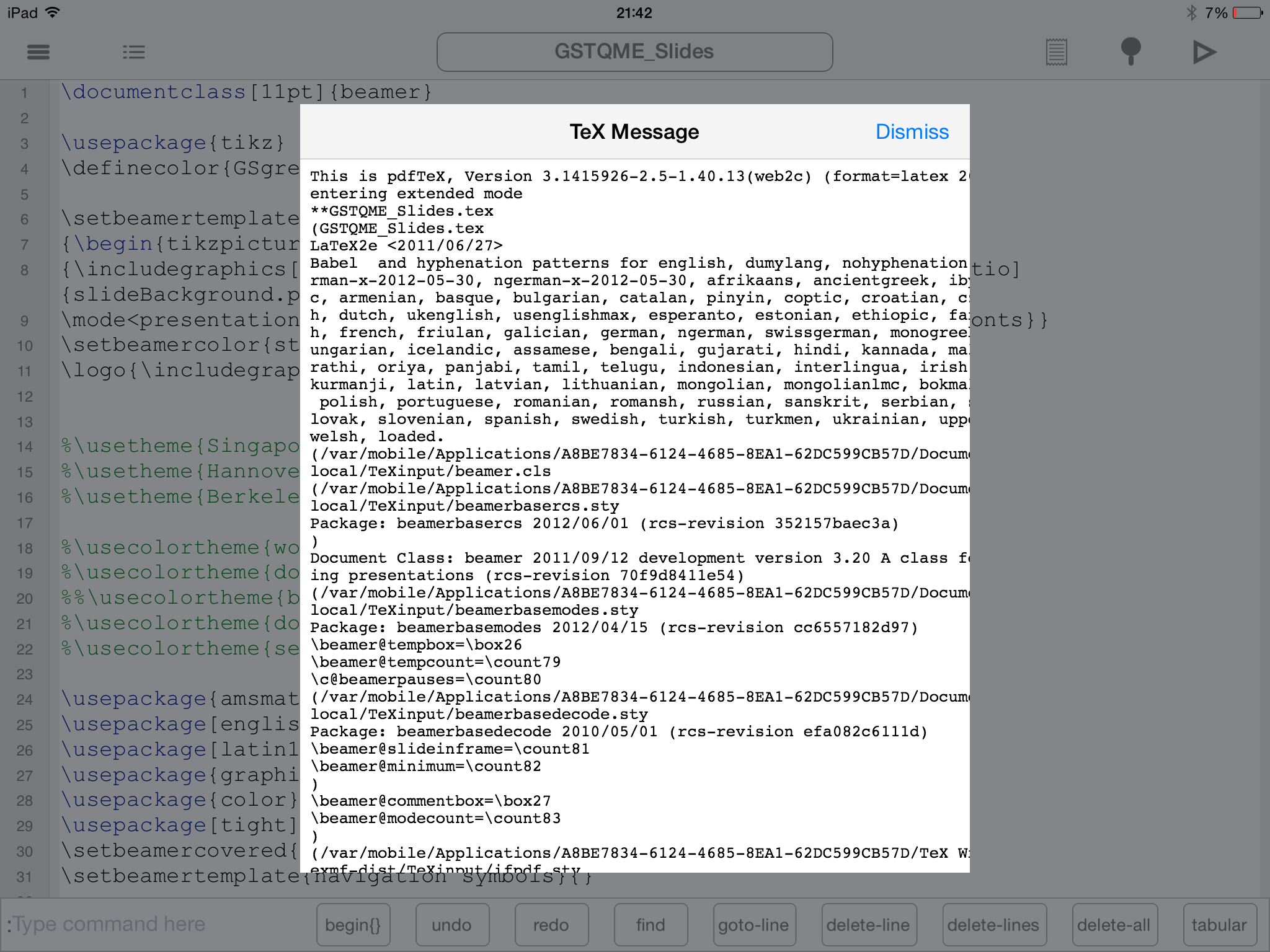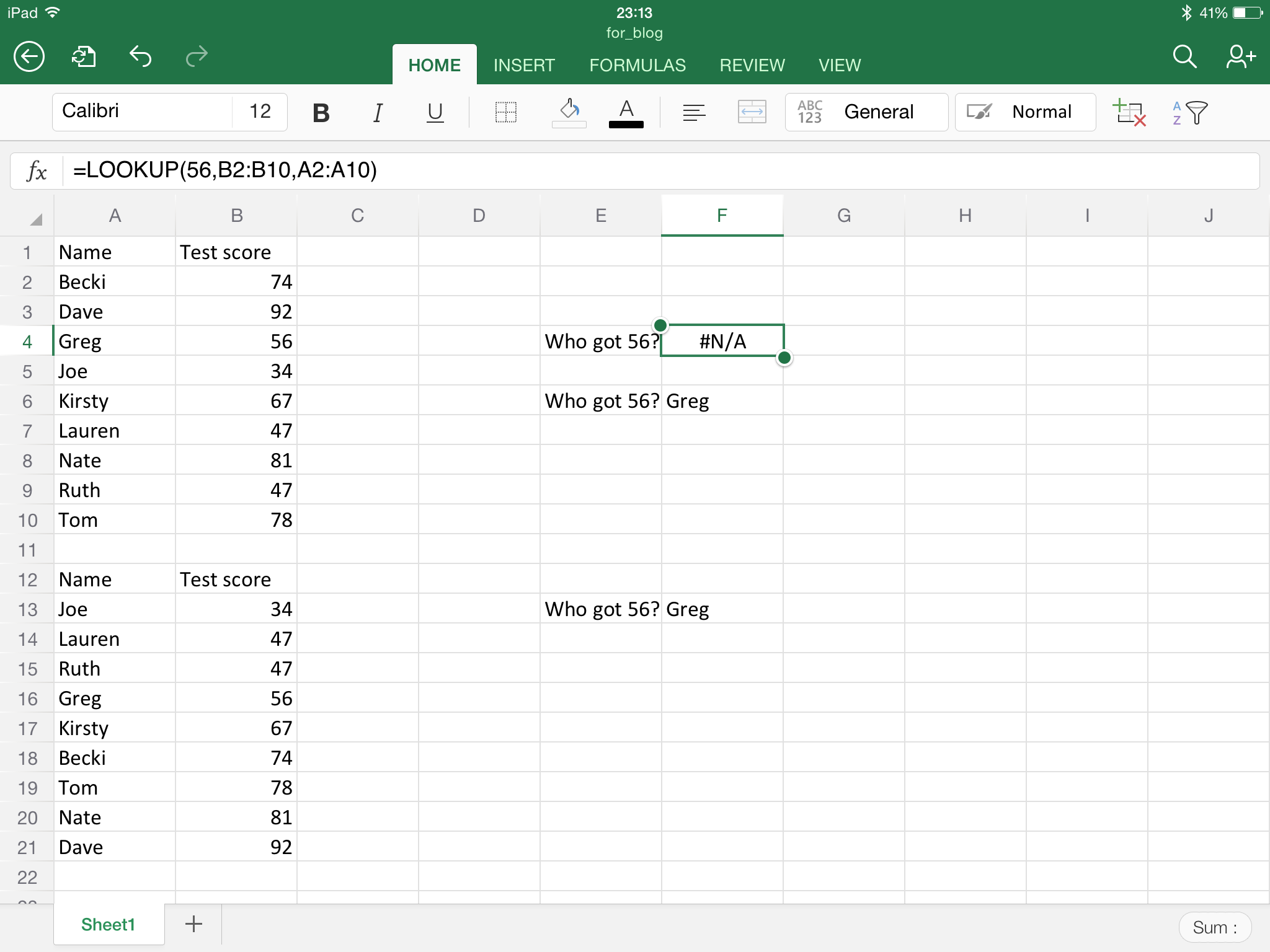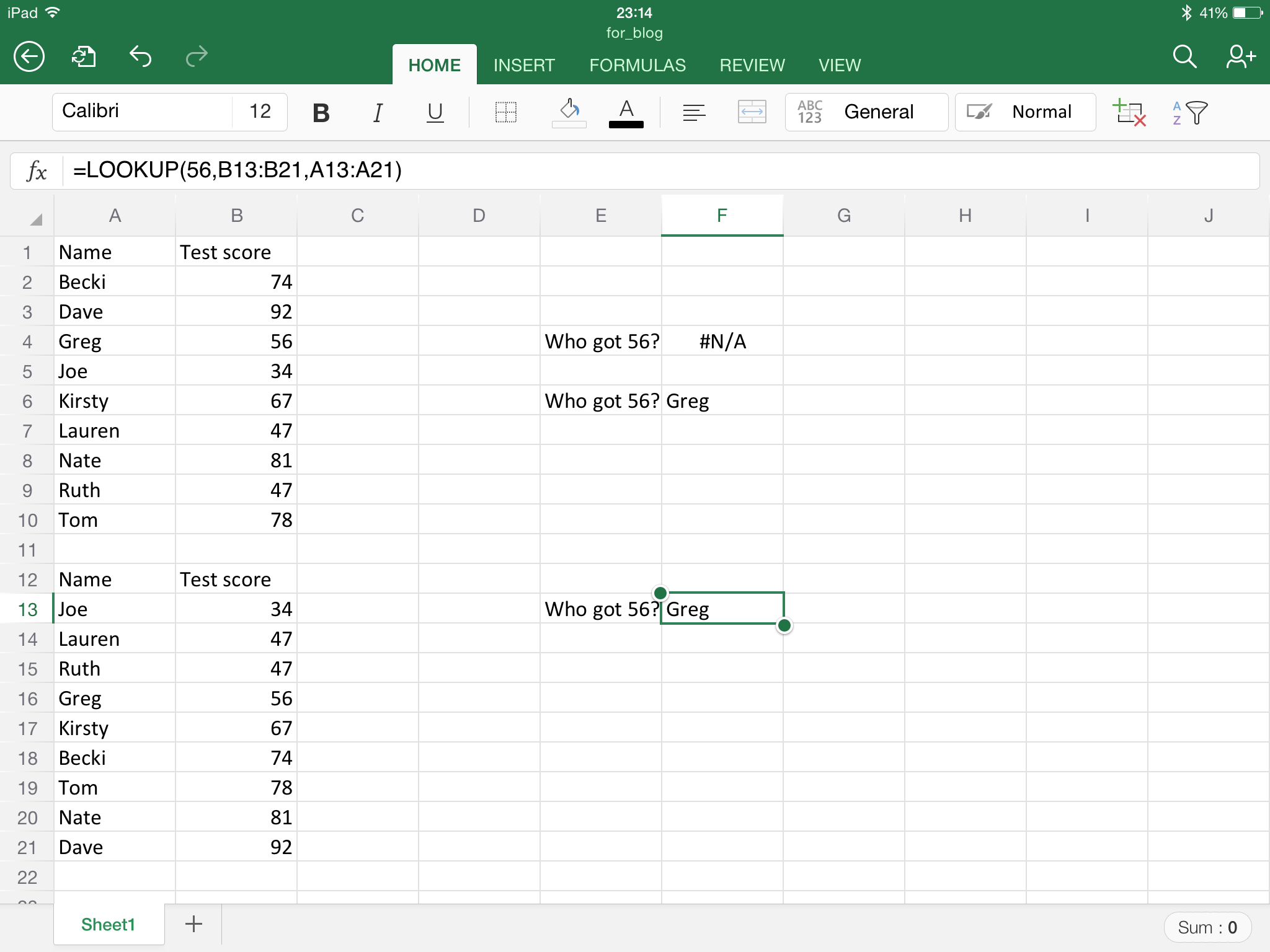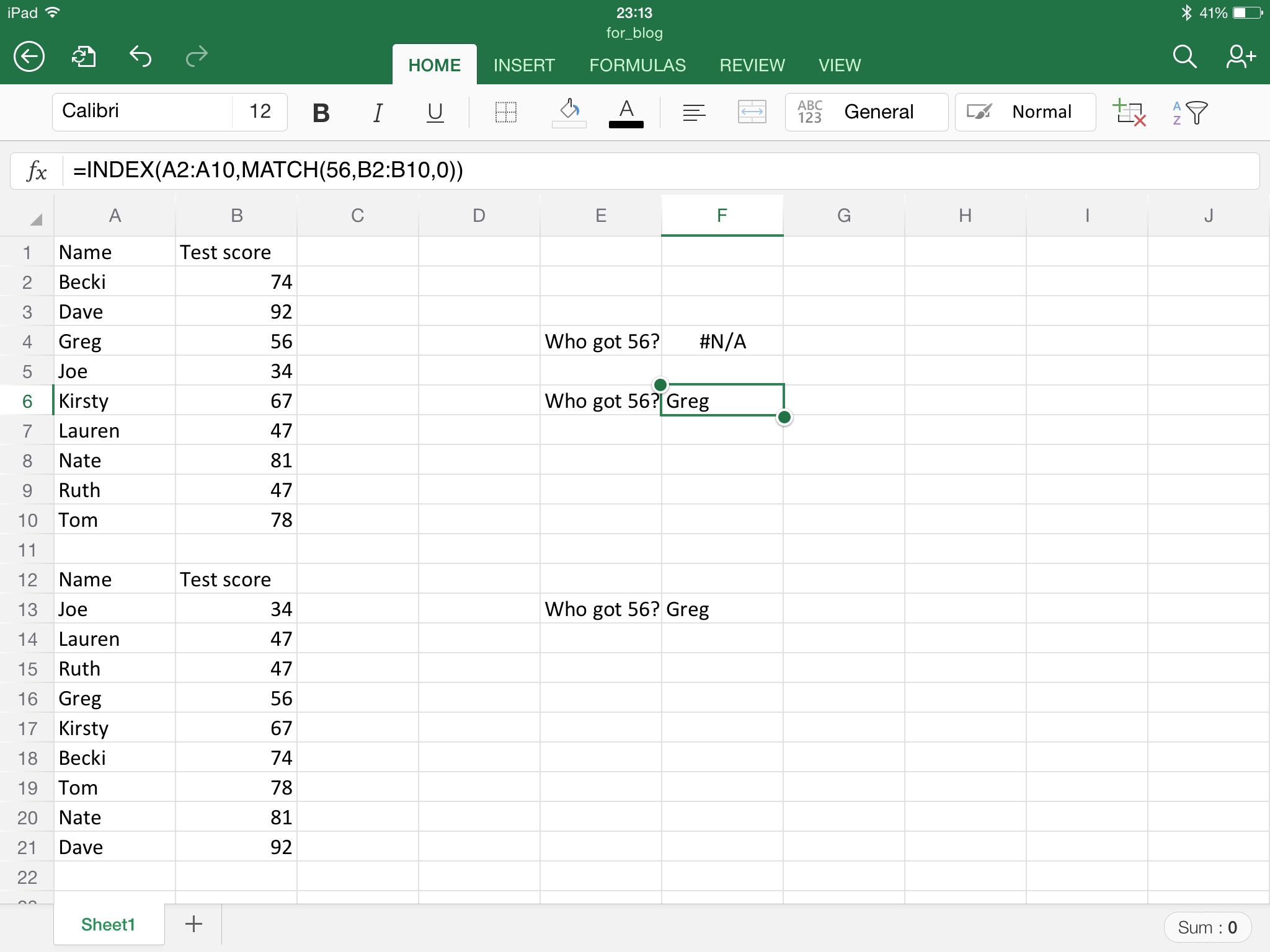I am aiming to transition away from using a laptop at work, ideally going to using an iPad for almost all work whilst I am in school.
There have been a few sticking points that have prevented this, mainly
- Lack of a decent LaTeX editor on iOS.
- Inability to compile computer code natively on an iPad
- Lack of equation support in Microsoft Office applications for iOS
Finally, I have found an app that can do most of the LaTeX compilation I want. In the past I have used TexTouch with dropbox syncing to compile remotely on my Mac, however the delays of sending files, waiting for compilation, copying back the pdf made this a fairly unwieldy approach, suitable only for quick and minor edits.
Recently I have discovered the TeXWriter app (http://www.texwriterapp.com/) that can compile LaTeX natively in the app without the need for an internet connection. First impressions are good; on loading the app you are presented with the following window:
To compile your code it is a simple case of pressing the play button in the top right hand corner. Once compiled the output is viewable, as is the full LaTeX error report.
I have tried compiling some fairly involved documents, drawing in many different libraries and TexWriter seems to handle it well. The only downside with this app is the time it takes to compile. A set of lecture slides that take less than 5 seconds to build from scratch on my MacBook Air takes over 3 minutes on my iPad. However this is an iPad 3 with only an A5X SoC, I’m looking forward to examining the performance boost when I get an iPad that is running with an A8 SoC.
I am also investigating the writeLaTeX service that runs in a web browser, though this does need a working Internet connection to compile. I’ll make that a subject of a further blog post in the future I think.
I always thought that Apple’s App Store terms and conditions prohibited code compilation, I’m curious to know how TeXWriter have got round this?! Unless it is because you aren’t generating an executable program…
At the moment TexWriter is definitely the best solution I have found for compiling LaTeX on the go on the iPad, however I need to see significant improvements in compile time before it replaces compilation on my laptop.
If anyone else has used TexWriter please let me know what you think.
